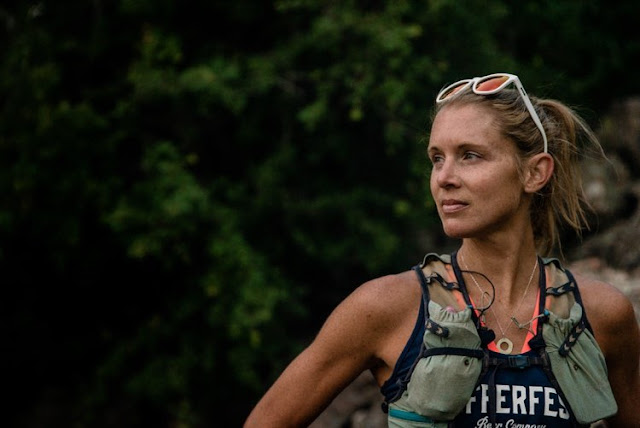DOR Podcast #123: A Conversation on Obstacle Course Racing, Dealing with Injury, Eating Disorders, and more with the “Queen of Pain” (Amelia Boone, 4x OCR World Champion)
On this episode, Andrea and Megan are joined by a very special guest: Amelia Boone! Amelia's an incredibly accomplished obstacle racer and ultra runner. Tune in to hear how she's survived and won so many epic, painful races. She'll also share her story of long injury history and struggle with an eating disorder, offering strategies to fight and recover even stronger.
Watch
The Subjective: How do you balance your running with every day life?
About Amelia
Amelia Boone is a full-time corporate attorney, obstacle racer, and ultrarunner. Dubbed “The Queen of Pain,” Amelia is a 4x world champion and one of the most decorated obstacle racers in history. Over her career, she’s amassed more than 50 podiums and 30 victories in obstacle racing. You can find her online at her website, Twitter, and Instagram.
Chapters
00:00 - Intro
03:19 - What is obstacle racing?
06:09 - How Amelia trains for obstacle racing
08:59 - The Death Race?!
11:18 - Mental strategies for surviving the suffering
18:06 - Transitioning from obstacle racing to ultra racing
19:55 - Amelia's favorite shoes
27:40 - Balancing work and training lives
31:49 - Amelia's injury history & lessons learned
39:45 - The dangers of linking injury to our identity
44:20 - Fighting with and recovering from eating disorders
53:24 - Wrap-up
Visit our Guide to Shoes for Haglund's Deformity here to learn more.
Recent Episodes
#118: The Best Shoes of 2022, PT 1 (Training)
#119: The Best Shoes of 2022, PT 2 (Racing)
#120: Mizuno's Super Shoe, and the Shoes We Want in 2023
#121: Mastering the Art of Winter Running, Part 1: Tackling the Cold
#122: astering the Art of Winter Running, Part 2: Treadmills
Recently at Doctors of Running
Brooks Revel 6 - At $100, a simple, but effective neutral trainer that fits well
Asics GT-1000 11 - The most affordable stability shoe in the market
Running Shoes for People with Haglund's Deformity
Brooks Hyperion Max - A brand new lightweight trainer from Brooks
Asics Gel-Nimbus 25 - Now a super maximal stacked shoe over 40mm!
La Sportiva Cyklon Cross GTX - Winter ready running in every way possible
Follow Doctors of Running on Social Media
Facebook: Doctors of Running
Youtube Channel: Doctors of Running
LinkedIn: Doctors of Running
Instagram: @doctorsofrunning
Twitter: @doctorsrunning
Podcast: Virtual Roundtable
Please feel free to reach out, comment and ask questions!
Contact us at doctorsofrunning@gmail.com
NEXT: Brooks Revel 6








